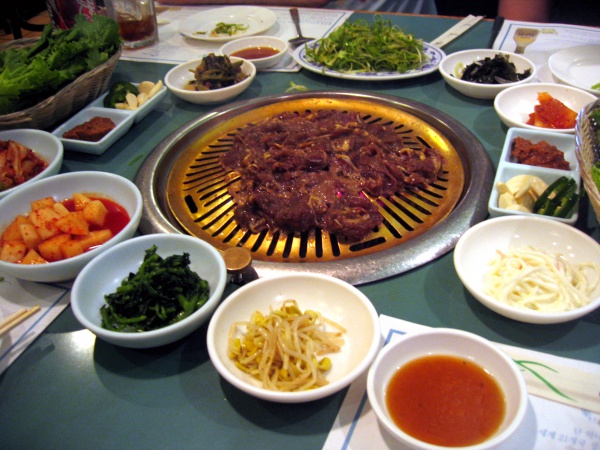Facts About Bulgogi
Bulgogi, which translates to "fire meat" is a delectable Korean dish made from thinly sliced beef or pork that's marinated and then grilled or cooked on a stove-top griddle. It's also easy to stir-fry at home. Originally from northern Korea, bulgogi has become a beloved dish throughout South Korea, available in both high-end restaurants and local supermarkets.
The name "bulgogi" combines the Korean words "bul" (fire) and "gogi" (meat). This dish made its way to Seoul after 1945, thanks to refugees from Pyongan Province. Its origins trace back to the Goguryeo era, and it was a favorite among the nobility during the Joseon Dynasty.
To prepare bulgogi, the meat is marinated in a flavorful mix of soy sauce, sugar, sesame oil, garlic, pepper, and scallions. While beef is traditional, variations with chicken or pork, especially pork belly, are also popular. The marinade can be customized with pureed fruits or different sweeteners like sugar or even Coca-Cola. For those who enjoy a bit of heat, gochujang paste can be added for a spicy kick.
Typically, bulgogi is grilled, but cooking it in a pan is also common. It's usually served with rice, kimchi, and a variety of other side dishes. Sometimes, it's wrapped in lettuce with ssamjang (a thick, spicy paste) or simply enjoyed with rice.
In Korea, bulgogi is enjoyed year-round and is a staple at special occasions and social gatherings. Korean barbecue restaurants often let customers grill their meat right at the table, making for a fun and interactive dining experience. Bulgogi is even featured in some South Korean fast-food hamburgers!
Beyond its delicious taste, bulgogi holds cultural significance in Korea, where sharing food and company is an essential part of holiday traditions and everyday life.

 North Korea
North Korea